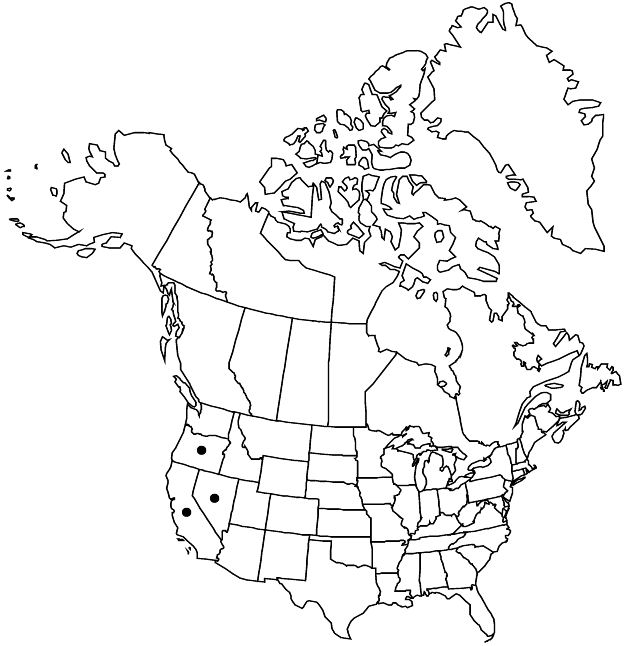Potentilla bruceae
in N. L. Britton et al., N. Amer. Fl. 22: 342. 1908.
Glands absent or inconspicuous, uncolored. Stems ascending to nearly erect, (1–)2–5(–6) dm. Basal leaves not in ranks, ± subpalmate to subpinnate (proximal leaflets sometimes doubled, distal leaflets confluent and/or decurrent), (2–)5–20(–28) cm; petiole (1–)3–15(–20) cm, long hairs abundant, appressed to ascending-spreading, 1–2.5 mm, weak often flattened and twisted, sometimes grading to crisped or cottony hairs, short hairs absent, glands absent or sparse; leaflets 5–7, on distal 1/10–1/4 of leaf axis, ± overlapping, largest ones usually ± obovate, (1–)1.5–5(–6) × 1–3.5(–4) cm, margins flat, distal 2/3–3/4 evenly to unevenly incised ± 1/2 to midvein (often with additional incisions nearly to midvein), undivided medial blade 4–20 mm wide, teeth (2–)3–6(–8) per side (sometimes secondarily toothed), ± lanceolate, 4–11 mm, surfaces ± similar, abaxial ± lighter and hairier, gray-green to grayish, rarely green, not glaucous, long hairs ± abundant, short-crisped hairs absent or sparse to common, cottony hairs usually absent, glands absent or sparse. Cauline leaves 1–2. Inflorescences 5–50-flowered. Pedicels 0.5–3(–4) cm. Flowers: epicalyx bractlets broadly lanceolate to elliptic, 3–6(–7.5) × 1.5–2.5(–3) mm, hairs ± common to abundant, loosely appressed to ascending, glands absent or inconspicuous; hypanthium 3.5–5.5 mm diam.; sepals 5–10 mm, apex acute to acuminate; petals 5–10 × 5–10 mm; filaments 1–2.5 mm, anthers 0.7–1.2 mm; carpels 15–30, styles filiform-tapered, papillate-swollen proximally, 2–3 mm. Achenes 1.4–1.6 mm. 2n = 63–73, 79, 87, 98, 129.
Phenology: Flowering summer.
Habitat: Dry montane meadows and adjacent slopes, in conifer woodlands
Elevation: 1200–3700 m
Distribution

Calif., Nev., Oreg.
Discussion
As redefined by B. Ertter and D. Mansfield (2007), Potentilla bruceae is characterized by irregularly subpalmate, weakly villose leaves. Such plants form relatively consistent and extensive populations in dry meadows centered near Lake Tahoe in California and Nevada, extending to the central Sierra Nevada and to the Warner Mountains in Oregon. This interpretation differs from that previously suggested by Ertter (1992), in which P. bruceae was interpreted as the catchall category for hybrids between P. breweri (sect. Multijugae) and P. drummondii. All three taxa were accordingly treated as varieties of P. drummondii. D. D. Keck (in J. Clausen et al. 1940) treated P. bruceae as a subspecies of P. drummondii; B. C. Johnston (1980) concluded that its placement as a variety of P. breweri was more justified. The three entities unquestionably intergrade (with the type of P. anomalofolia M. Peck possibly one result), but not beyond what is the norm for facultatively apomictic species of Potentilla.
Chromosome numbers reported by J. Clausen et al. (1940) require verification as this species; the irregular behavior observed in meiotic material suggests that at least some of the individuals were hybrids.
See discussion of 29. Potentilla drummondii regarding leaflet dissection and the inclusion of P. bruceae in sect. Graciles.
Selected References
None.